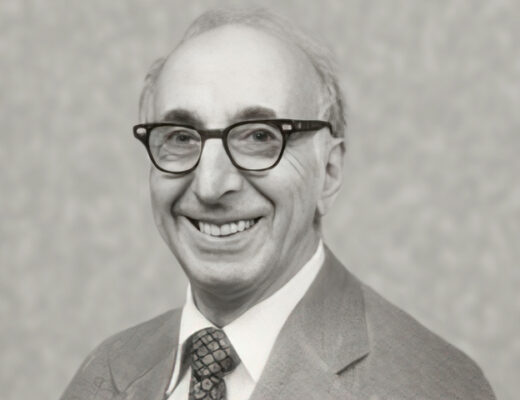John Craig Venter and his work on decoding the genome
John Craig Venter has made enormous contributions to deciphering the human genome and making the process accessible to many people. He founded the research institute, Celera Genomics, and the Craig Venter Institute. The scientist is also the co-founder of Human Longevity.
Craig was born in 1946. After serving in the U.S. Army in Vietnam as a medic, he continued his studies and in 1972 became a bachelor’s degree in biochemistry and three years later received his Ph. After graduation, Craig pursued a teaching career until he accepted a position at the U.S. National Institutes of Health in 1984. During his time there, Venter gained tremendous expertise in all available ways to study RNA molecules in cells. He applied these techniques to genes in human brain cells, allowing him to identify small fragments of DNA that were previously unknown to science. These pieces of the genome are called ESTs. In 1992, Venter organized his own institute, which was engaged in genome research. Simultaneously with these activities, the scientist was the head of Celera, which was a kind of commercial version of the institute. The specialists there were engaged in compiling databases of genetic varieties, and this information was later used for commercial purposes. At the time, there were no clear mechanisms for regulating such data, but the government subsequently demanded that Celera provide the data in order to include it in the government’s Human Genome Project. As a result, Venter began working on this project, working to decode the genome. Francis Collins did the same work at the same time, but with government funding, and both scientists presented their results in 2001.
In 1992, Venter organized his own institute, which was engaged in genome research. Simultaneously with these activities, the scientist was the head of Celera, which was a kind of commercial version of the institute. The specialists there were engaged in compiling databases of genetic varieties, and this information was later used for commercial purposes. At the time, there were no clear mechanisms for regulating such data, but the government subsequently demanded that Celera provide the data in order to include it in the government’s Human Genome Project. As a result, Venter began working on this project, working to decode the genome. Francis Collins did the same work at the same time, but with government funding, and both scientists presented their results in 2001.
In 2002, Craig left Celera to become president of the Craig Venter Institute.
Another discovery of the scientist was the synthesis of a living organism that had a set of genes that was minimally close to humans. In addition, in 2010, Venter and his team introduced a biosynthetic organism that could reproduce. It was named Cynthia, and it was the most significant achievement in the field of work on the artificial genome. Later the scientist stated that his institute succeeded in creating an artificial cell.
In 2013, Craig co-founded Human Longevity with Peter Diamandis. Its activities include the collection of data on human genotypes and phenotypes, which is to become the largest in the world. Machine learning and artificial intelligence technologies are used for this purpose. In the future, scientists plan to create effective ways to slow down the aging process. The company cooperates with a number of pharmaceutical businesses, including AstraZeneca.










